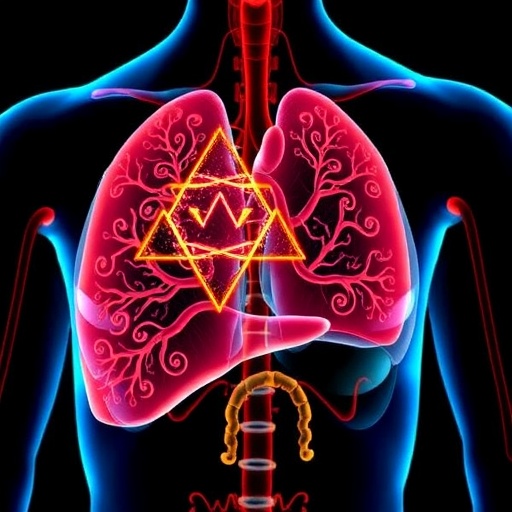The difficulty of producing diverse nature-inspired small molecules has prevented the development of a wider range of new medications. Now, a completely new method allows the discovery of new small-molecule drugs with unprecedented drug-like properties
Much of current drug development focuses on the discovery of small-molecule drugs, a group of substances that can enter cells to modify the activity of biological molecules such as proteins. These drugs work by inhibiting or modifying cellular pathways that are associated with diseases and have become altered in undesirable ways.
A prominent example of such molecules is an emerging class of targeted cancer drugs which work by interfering with specific pathways required for growth, progression, and spread of cancer cells. The aim of these drugs is to stop cancer cells from proliferating or spreading or kill them off completely.
Despite intensive efforts, the discovery of new nature-inspired therapeutic – in other words, medicinal – small molecules remains a major challenge in modern drug development, because most of these molecules are produced by fungi or bacteria in nature, and are difficult to obtain in sufficient quantities.
Another challenge has been the difficulty of synthesizing complex small molecules that have evolved over billions of years of evolution to target specific cellular protein factors. These reasons have thus far stopped scientists from realizing the full potential of naturally occurring small molecules for drug discovery.
RETOOLING TWO WELL-KNOWN DRUGS TO TARGET COMPLETELY NEW PROTEINS
Now a team of researchers at Johns Hopkins University and the Institute of Biotechnology at the University of Helsinki have succeeded in developing a completely new strategy that allows the creation and discovery of new small-molecule drugs with unprecedented drug-¬like properties.
The discovery is inspired by the unique pharmacological properties of two well-known small-molecule immunosuppressant drugs called rapamycin and tacrolimus.
These structurally similar drugs achieve their therapeutic effect by targeting proteins called mTOR and calcineurin, respectively. However, despite their different ultimate targets, both drugs bind a third protein called FKBP12, which is required for sufficient cellular potency and optimal drug-likeness.
In the new study, initiated by Professor Jun Liu at John Hopkins University, the authors aimed to reprogram rapamycin by keeping the parts of rapamycin and tacrolimus that bind FKBP12 and changing the remaining half of the molecule in order to target completely new disease-associated proteins beyond mTOR and calcineurin.
This goal was achieved by developing a new innovative method of chemical synthesis that allowed the creation of a massive library of altered rapamycin-like hybrid molecules, which were named “rapafucins.”
45,000 ALTERED RAPAMYCIN-LIKE HYBRID MOLECULES
The Liu laboratory used the new synthetic strategy to create a pool of 45 000 unique rapafucins. Screening of this compound library resulted in the identification of a new hybrid molecule the researchers named “rapadocin,” which inhibited cellular nucleoside uptake effectively without toxic cellular effects.
Subsequently, the Paavilainen laboratory demonstrated that rapadocin directly targets a protein called ENT1. This protein is embedded in the plasma membrane of all mammalian cells and is the main protein channel required for cellular uptake of nucleosides, which are important signaling molecules and precursors for the synthesis of DNA and RNA in all cell types.
Importantly, the ability of rapadocin to inhibit ENT1 was dependent on interactions with FKBP12. This allowed rapadocin to retain the suitable pharmacological properties of rapamycin and permitted testing effects of ENT1 inhibition in animal models of disease.
The authors then proceeded to test the effect of rapadocin in a kidney ischemia-reperfusion model. A reperfusion injury can result when the flow of blood to an organ or tissue is restored after for example a heart attack or stroke.
In these experiments, rapadocin blocked the uptake of the nucleoside adenosine during the injury, which suggests that rapadocin is a promising lead compound for the development of new therapies for the treatment of such an injury.
Most importantly, this work of reprogramming rapamycin now allows scientists in both academia and industry to discover completely new inhibitors against proteins that have been difficult to target by conventional small molecules.
###
Media Contact
Ville Paavilainen
[email protected]
Related Journal Article
https:/
http://dx.




